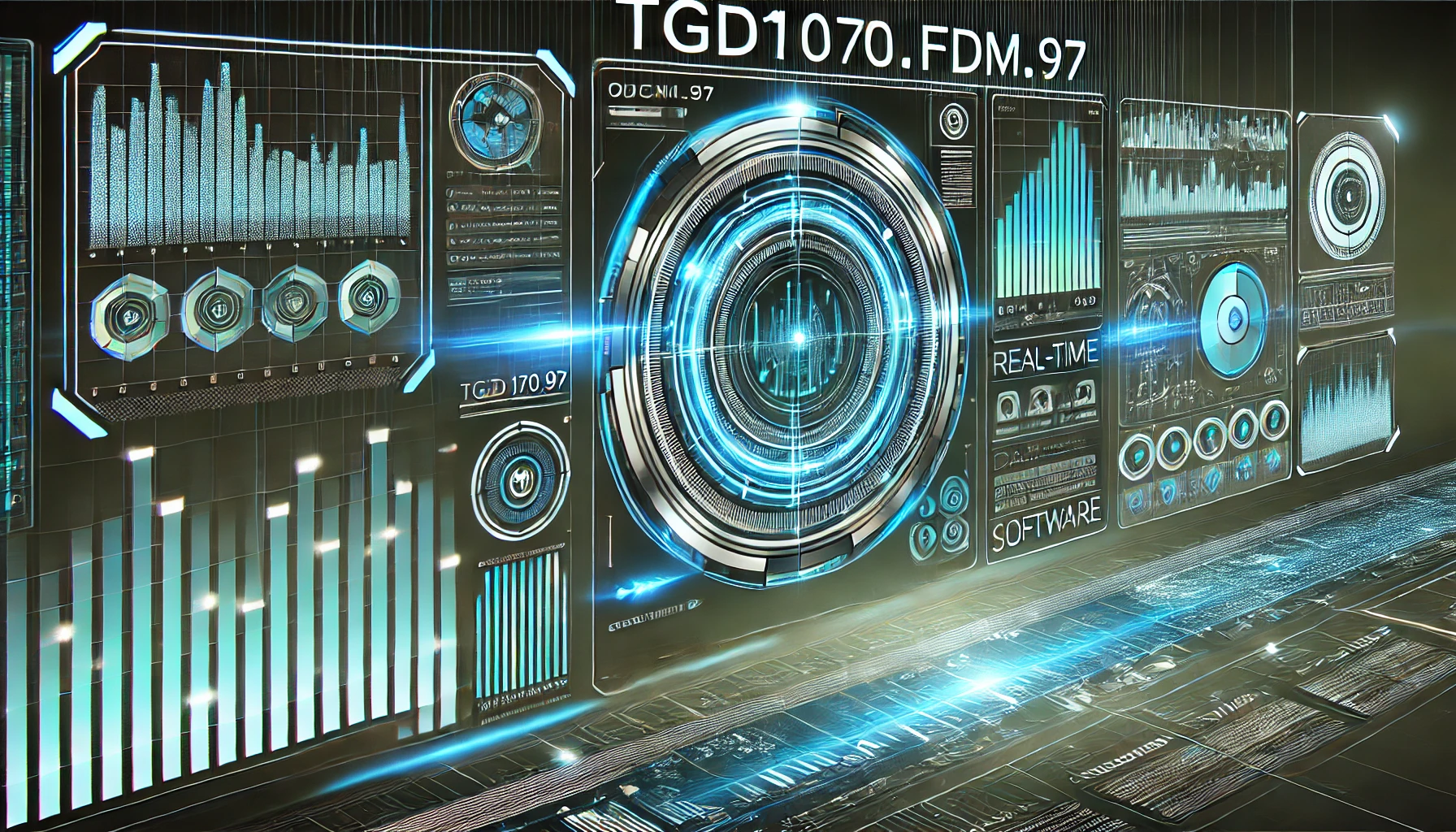Introduction
In the vast landscape of modern technology, various codes, protocols, and specifications play pivotal roles in enhancing functionality and efficiency. Among these, tgd170.fdm.97 stands out as a term of interest. While it may seem cryptic at first glance, this designation encapsulates a range of technological concepts that merit exploration. This article aims to unravel the layers surrounding tgd170.fdm.97, examining its origins, significance, applications, and potential future developments.
Origins and Definition
The term tgd170.fdm.97 is typically associated with specific coding or configuration within technological frameworks, often related to fields such as telecommunications, computer science, or engineering. The structure of the designation suggests a classification system, with “tgd” potentially referring to a specific technology group, “170” indicating a version or iteration, “fdm” signifying a format or protocol, and “97” likely denoting a year of standardization or development.
This format is common in software and hardware specifications, where precise identification is crucial for compatibility and integration. Understanding the origins of such codes is essential for professionals in the field, as they often guide the implementation of technologies in various systems.
Significance in Technology
Interoperability and Standardization
One of the primary reasons codes like tgd170.fdm.97 are essential in technology is their role in promoting interoperability among different systems. In an era where diverse technologies interact seamlessly, standards are necessary to ensure that various devices and software applications can communicate and function together effectively. Tgd170.fdm.97 likely represents a standardized approach that facilitates this communication, thus reducing the risk of incompatibility issues.
Efficiency and Performance
In addition to fostering interoperability, tgd170.fdm.97 may also contribute to improved efficiency in systems. Standardized protocols can lead to optimized processes, reducing the time and resources required for operations. For example, in telecommunications, the application of standardized formats helps streamline data transmission, enhancing performance and user experience.
Applications Across Industries
Telecommunications
In the telecommunications sector, tgd170.fdm.97 could relate to data transmission protocols that govern how information is encoded and transmitted over networks. This is particularly important in the context of 5G technology and beyond, where rapid data exchange and minimal latency are paramount.
Software Development
For software developers, tgd170.fdm.97 might be relevant in coding practices or API (Application Programming Interface) standards. Adhering to such standards ensures that software components can work together smoothly, fostering innovation and reducing development time.
Manufacturing and Engineering
In manufacturing, tgd170.fdm.97 may pertain to standards that govern the design and production of components. This could involve specifications for materials, dimensions, and performance metrics, ensuring that products meet regulatory and quality standards.
Data Management
In the realm of data management, the term may refer to protocols for data storage, retrieval, and sharing. As organizations increasingly rely on data analytics for decision-making, having standardized methods for handling data is crucial for maintaining integrity and accessibility.
Potential Future Developments
As technology continues to evolve, the significance of codes like tgd170.fdm.97 is likely to grow. Emerging trends such as artificial intelligence (AI), machine learning, and the Internet of Things (IoT) will demand even more rigorous standards and protocols to ensure effective integration across diverse platforms.
Enhanced Security Measures
With the rise of cybersecurity threats, future iterations of standards related to tgd170.fdm.97 may incorporate enhanced security measures. This could involve encryption protocols or methods to authenticate devices, ensuring that data transmission remains secure and private.
Adaptation to New Technologies
As new technologies emerge, the frameworks surrounding tgd170.fdm.97 may evolve to accommodate these advancements. For example, as quantum computing becomes more mainstream, existing standards may need to be re-evaluated and adapted to leverage the unique capabilities of quantum technologies.
Conclusion
In summary, tgd170.fdm.97 represents more than just a collection of letters and numbers; it symbolizes the ongoing efforts to standardize and enhance technological processes across various industries. From telecommunications to software development and data management, the implications of such codes are vast and significant. As we look to the future, understanding and adapting these standards will be crucial for fostering innovation, improving interoperability, and ensuring security in an increasingly interconnected world.
Categories: Technology
